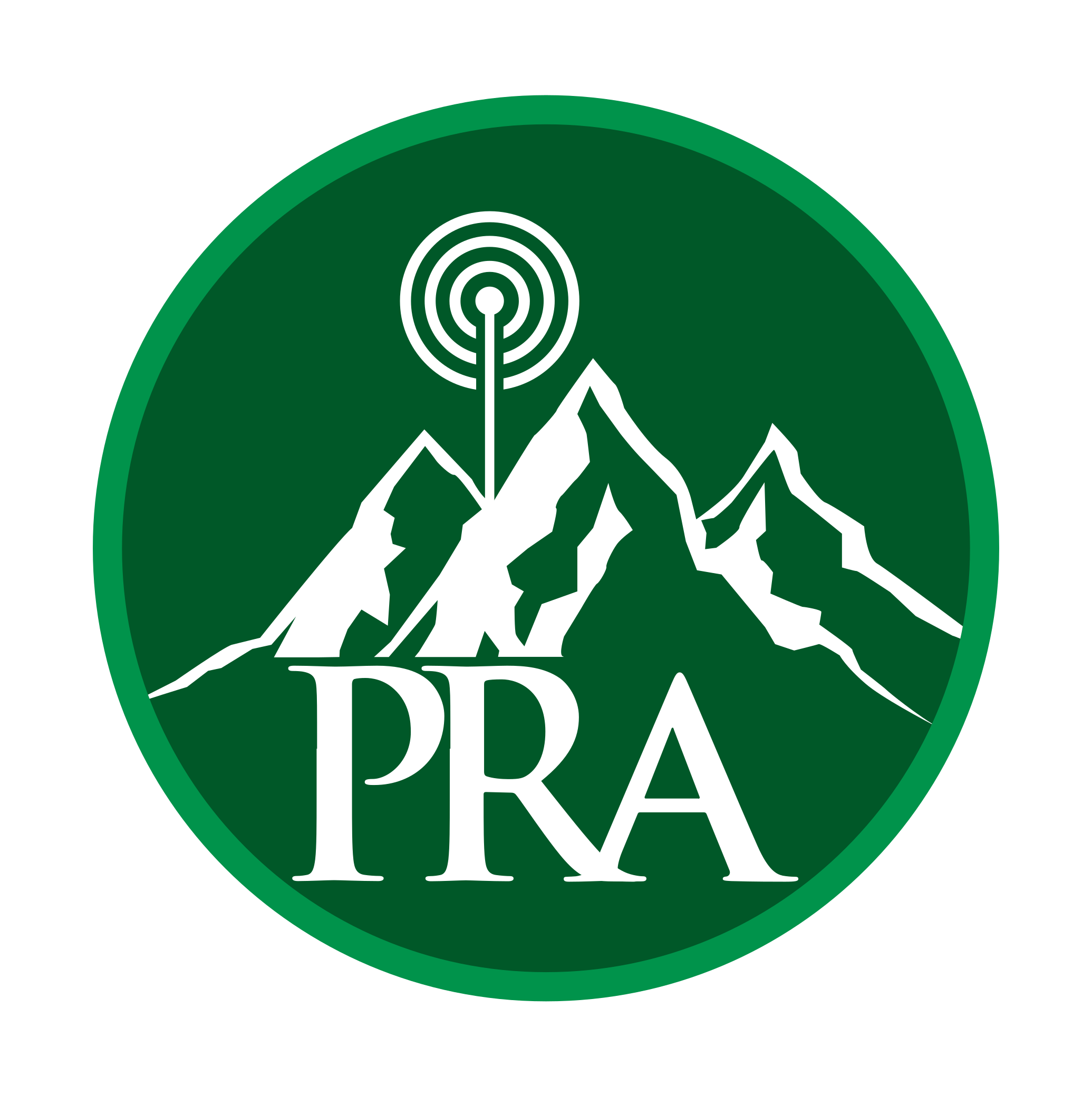Hotspots, low-power internet-connected transceivers, are a growing trend in amateur radio. Examples are OpenSpot, ZumSpot, JumboSpot, Nano-Spot, Nano-Node, and many others, using one or more of the popular digital voice modes (DMR, D-STAR, Fusion, etc.) as well as analog FM voice.
The CCARC Frequency Coordinator recommends that hotspots be deployed in the 70 cm band using one of the following frequencies:
These frequencies are intended for short distance operation using low power (<1W) devices. Use of high-power transmitters, amplifiers and high-gain antennas are discouraged to minimize conflicts with other users.
Most hotspots operate simplex and should use one of listed frequencies for both transmit and receive. If a hotspot is operating full duplex, the receive frequency on the hotspot should be 5 MHz lower. For example, a full-duplex hotspot transmitting on 438.450 MHz would use a receive frequency of 433.450 MHz.
These frequencies are available to users on a shared basis. Hotspot usage is not coordinated by the CCARC and no protection from co-channel interference is implied. Radio amateurs are encouraged to cooperate with other users on the band and to use the minimum transmitter power necessary to carry out the desired communications, consistent with FCC Part 97.
Please refer to the 70 cm band plan for additional information on 70 cm band usage.
73 KE0DC




